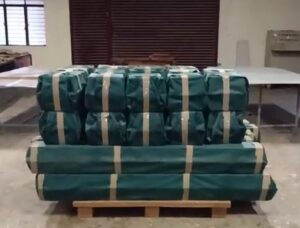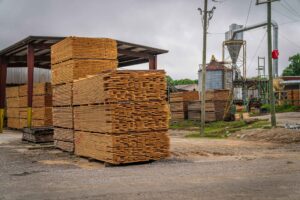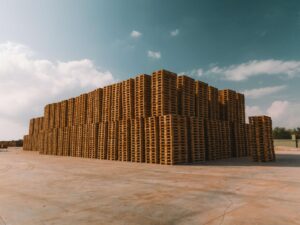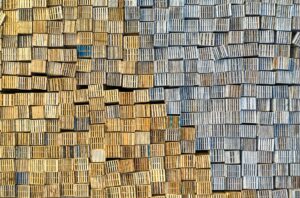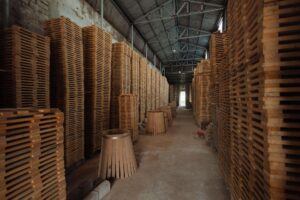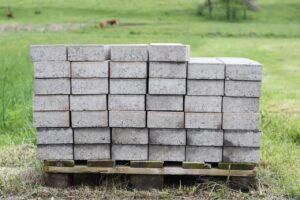1. Executive Summary
Bamboo fiber extraction and textile production is an eco-friendly business opportunity with growing demand for sustainable fabrics. Bamboo fibers are soft, breathable, and biodegradable, making them ideal for clothing, home textiles, and industrial applications. This project report outlines the investment, production process, and financial feasibility of establishing a bamboo fiber and textile manufacturing unit.
2. Industry Overview
With the increasing demand for sustainable textiles, bamboo-based fabrics have gained popularity in India and global markets. The bamboo textile industry is supported by government initiatives promoting eco-friendly alternatives to synthetic fibers.
3. Project Description
3.1. Product
- Bamboo Fiber (Raw & Processed)
- Bamboo Yarn & Threads
- Bamboo Fabric (Knitted & Woven)
- Bamboo-based Clothing (T-shirts, Towels, Bedsheets, Socks)
- Industrial & Medical Textiles
3.2. Manufacturing Process
- Raw Material Procurement: Sourcing matured bamboo poles from suppliers.
- Crushing & Retting: Breaking down bamboo stalks and soaking them to loosen fibers.
- Fiber Extraction: Mechanical or chemical extraction of bamboo fibers.
- Cleaning & Refining: Removing impurities and refining fibers for textile production.
- Spinning & Weaving: Converting fibers into yarn and weaving fabrics.
- Dyeing & Finishing: Treating fabrics for desired texture and color.
- Cutting & Stitching: Manufacturing garments and textiles.
- Packaging & Distribution: Preparing finished products for sale.
4. Market Potential
Bamboo fiber textiles are in high demand in:
- Domestic Market: Fashion industry, home textiles, medical textiles.
- Export Market: USA, Europe, Middle East, Australia.
5. Investment Requirements
5.1. Fixed Capital
| Item | Cost (INR) |
|---|---|
| Land (5000 sq. ft. on Rent) | |
| Machinery (Fiber Extractor, Spinning, Weaving, Dyeing Machines) | |
| Processing & Treatment Equipment | |
| Cutting & Stitching Units | |
| Packaging & Labeling Unit | |
| Office Setup & Miscellaneous | |
| Total Fixed Capital |
5.2. Working Capital (for 3 months)
| Item | Monthly Cost (INR) | Total (for 3 months) (INR) |
|---|---|---|
| Raw Materials (Bamboo, Chemicals, Dyes) | ||
| Labor (30 Workers @ 20,000 each) | ||
| Electricity & Utilities | ||
| Marketing & Promotion | ||
| Transportation | ||
| Miscellaneous | ||
| Total Working Capital |
Total Investment Required
Fixed Capital + Working Capital =
6. Revenue Model & Profit Calculation
6.1. Production Capacity
- Daily Output:
- Monthly Production:
- Selling Price:
- Bamboo Fiber:
- Bamboo Fabric:
- Monthly Revenue:
- Fiber:
- Fabric:
- Total Monthly Revenue =
6.2. Operating Cost
| Item | Monthly Cost (INR) |
|---|---|
| Raw Materials | |
| Labor | |
| Utilities & Maintenance | |
| Packaging & Marketing | |
| Transportation | |
| Miscellaneous | |
| Total Cost |
6.3. Profit Calculation
| Parameter | Amount (INR) |
|---|---|
| Revenue | |
| Operating Cost | |
| Gross Profit | |
| Rent & Misc. Overheads | |
| Net Profit |
7. Break-Even Analysis
Break-even point (BEP) = Fixed Cost / (Selling Price – Variable Cost per unit)
- Fixed Cost:
- Selling Price per kg fiber:
- Variable Cost per kg fiber:
- Contribution Margin per kg fiber:
- BEP in Fiber Sales:
- BEP in Fabric Sales:
8. Risk & Mitigation Strategies
Risks:
- Raw Material Supply Issues – Develop contracts with bamboo farmers for steady supply.
- Competition from Other Fabrics – Differentiate with branding and certifications (organic, eco-friendly).
- Regulatory Compliance – Obtain necessary environmental and pollution control clearances.
